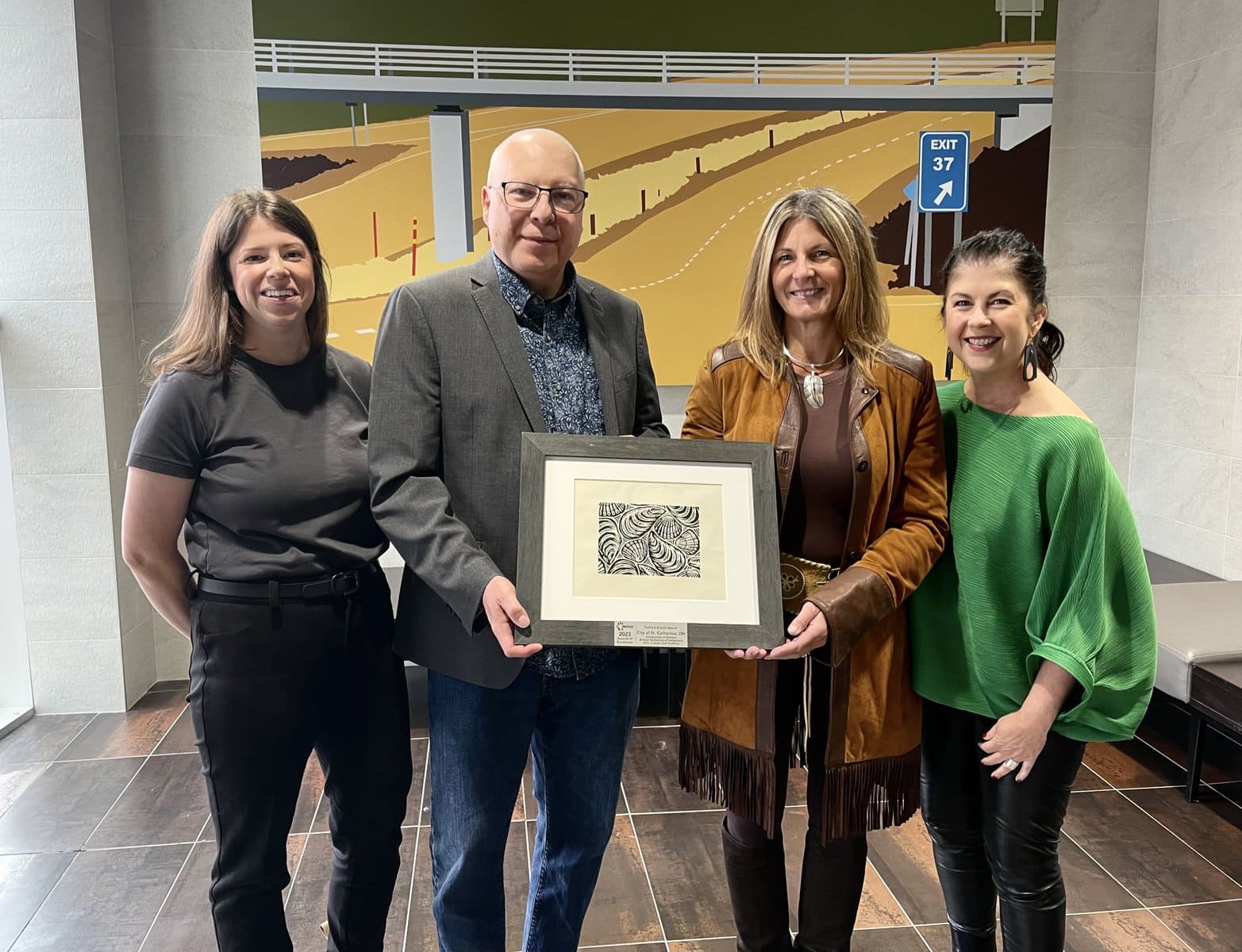For years, many have felt there is a gap between significant issues taking place in Indigenous communities across Canada and what the general public, primarily non-Indigenous people, knows of them.
However, Tim Johnson, a Mohawk man who works in Niagara-on-the-Lake, says he believes the awareness of Indigenous issues has grown exponentially over the years.
Known for his work as a Shaw board member, Johnson has been in a unique position to watch the Indigenous community build relationships with Niagara’s towns.
“I remember meeting with mayors and various other political representatives who knew little about Indigenous issues,” he said.
That was about seven years ago, before he started his work on the Celebration of Nations festival which takes place every September in St. Catharines.
The city of St. Catharines and the FirstOntario Performing Arts Centre put on the project together each year.
He and Michele-Elise Burnett, president of Indigenous art consultancy Kakekalanicks Inc., are the lead organizers of the festival.
The arts and culture event received a national award from the Creative City Network of Canada on Oct. 5.
The Creative City Network of Canada awards municipalities for excellence in cultural programming every year.
Johnson and Burnett joined Colleen Smith, the performance centre’s chief executive, in St. John’s, N.L., to receive it.
Johnson recalls the town and performance centre “received the idea of the Celebration of Nations very openly” seven years ago.
In a press release, Smith said when the project was first proposed, the entire team at the centre “rallied together” in support.
“Since the initial gathering, Celebration of Nations continues to be a source of pride for local leaders, city staff, councillors and community members,” she said.
In the seven years since the event first began, Johnson says a lot has changed.
Many towns have adopted diversity and equity mandates.
Johnson said many of these grew out of the 94 calls to action in the Truth and Reconciliation Commission.
“I can tell you that a lot of leaders are taking that very seriously,” he said.
The Environics Institute published a report in fall 2021 comparing the results of two surveys they conducted in 2016 and 2021 that asked Canadians to describe, in their own words, what first comes to mind when they think of Indigenous peoples in Canada.
According to the report, in 2021, 28 per cent of respondents mentioned mistreatment or abuse as the first thing that comes to mind, compared to 17 per cent in 2016.
Similarly, 10 per cent mentioned residential schools or the removal of children, compared to two per cent in 2016.
The report states that in the 2016 survey, “several of the top responses were worded in general terms”: mentioning Indigenous peoples as the first inhabitants or noting Indigenous history or culture.
Comparatively, in the 2021 survey, the report states, “fewer answer in these general terms, and more mention mistreatment, abuse or residential schools specifically.”
Johnson, who spent 10 years managing the National Museum of the American Museum at the Smithsonian in New York City, said his approach to Celebration of Nations was inspired by one of the exhibits there.
The exhibit, Up Where We Belong, showcased the contributions of Indigenous people to a variety of musical genres throughout history.
“When we hit upon that stream, we realized that we really had found something here that would resonate not just with an indigenous audience, but with a mainstream audience as well,” Johnson said.
The lesson they learned at the Smithsonian has continued to serve him at Celebration of Nations, where Indigenous artists’ works are main attractions for Indigenous and non-Indigenous audiences alike.
Johnson said the festival has served as a powerful “springboard” to encourage public awareness of Indigenous art and culture.
In a press release, Burnett, a Métis woman with Algonquin roots, said she was proud to see the festival’s growth since its inception.









